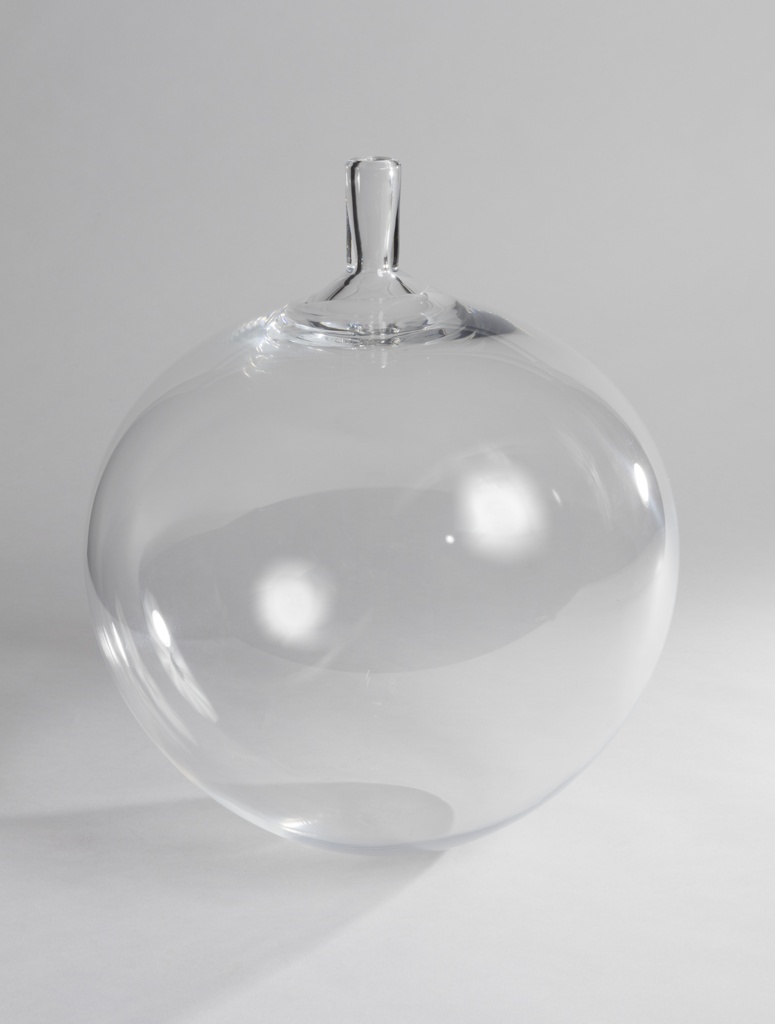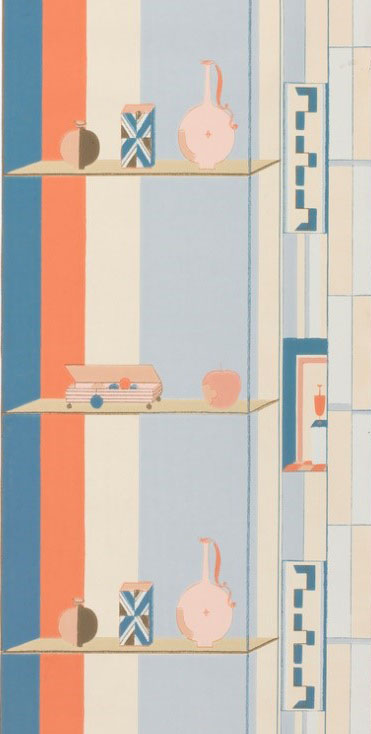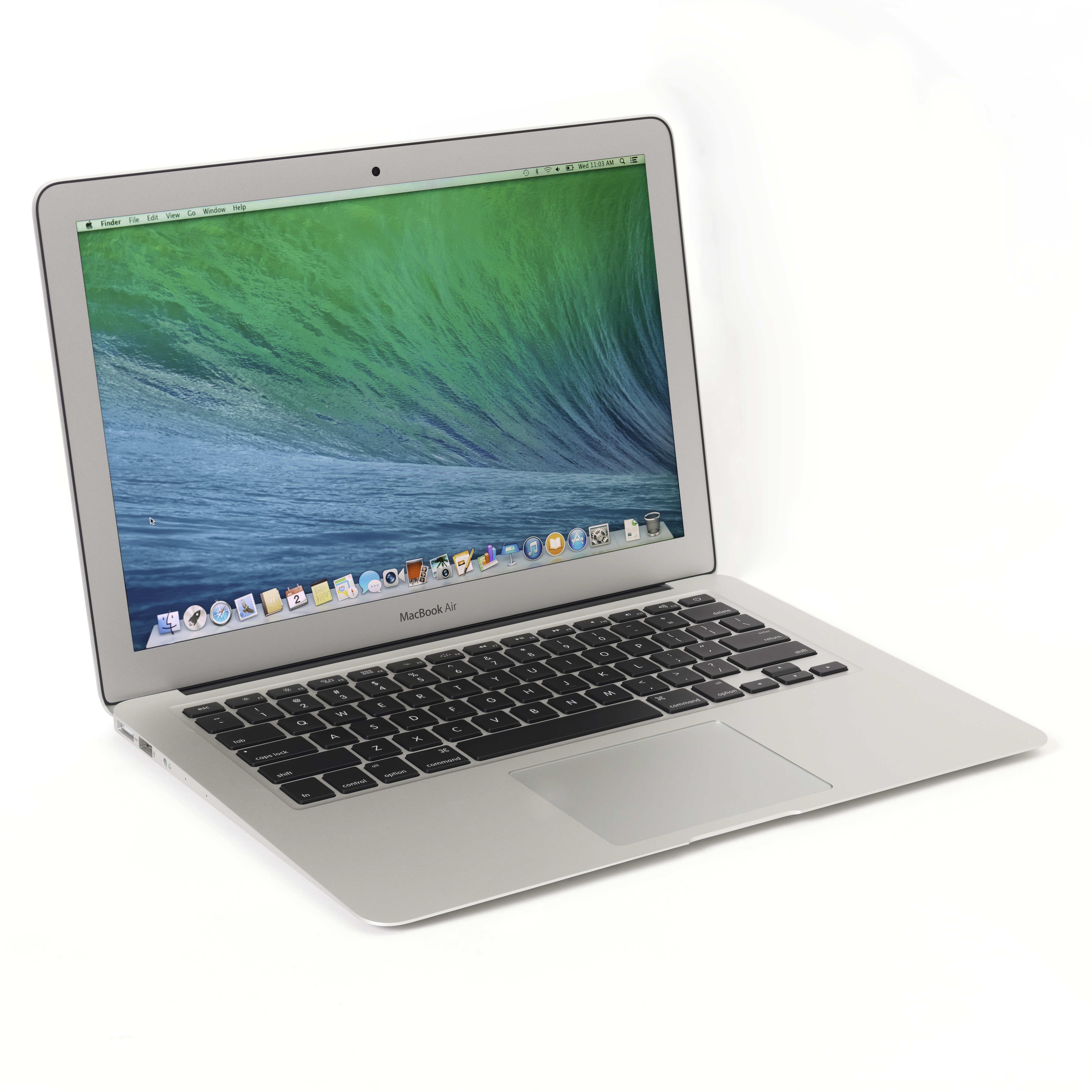For the nearly thirty years between 1947 and 1971, that Ingeborg Lundin designed glassware for Sweden’s Orrefors glassworks, her designs were prized for their originality, simplicity and grace. Founded in 1898, Orrefors originally manufactured bottles, window glass, and tableware. In 1914, the firm started to produce cut crystal, and by 1925 had become internationally renowned...
Many of the most iconic products of the 1920s—perfume bottles, vanities, and jewelry—are feminine objects like those seen in this sidewall, now on view in The Jazz Age: American Style in the 1920s.
Toolboxes come in all shapes and sizes. They offer a resting place for the mechanic’s hand tools and a protective environment for the chef’s knives. Yet such toolboxes serve a select audience. In the 21st-century, the computer is the universal toolbox, used by billions of people across the globe. Early computers, including Bill Moggridge’s influential GRiD Compass...
DesignBoost NYC was a two-day design conference held at Cooper-Hewitt in June 2011. Thirteen speakers specializing in everything from biomechanics to filmmaking addressed the conference’s theme, “Design Beyond Design” in this series of short talks.
As the Smithsonian’s National Design Museum, Cooper-Hewitt seeks to acquire the best examples of industrial design, and much of the permanent collection has been built through the generosity of donors. The Museum would like to invite the public to help expand its holdings of products by Apple, one of the country’s most important and influential...




